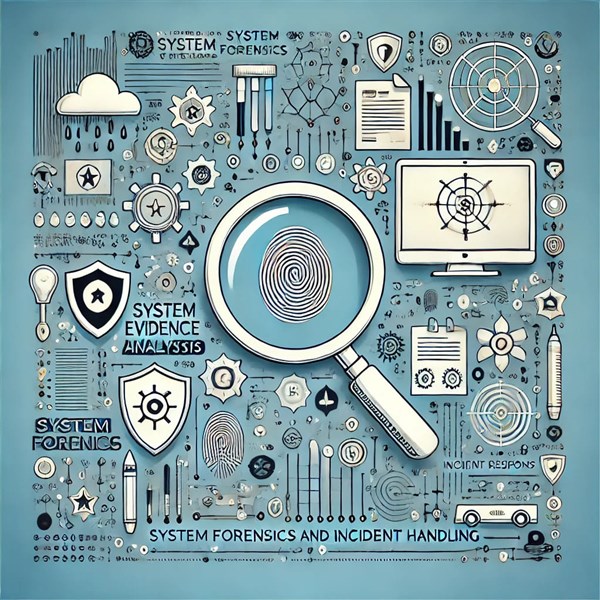We're open through the holidays to support your upskilling goals — book your session today!
We're open through the holidays to support your upskilling goals — book your session today!
Unable to find what you're searching for?
We're here to help you find it
In a world where cyberattacks are more frequent and sophisticated than ever, organizations must do more than just defend — they need to respond, investigate, and learn from every incident.
That’s where System Forensics and Incident Handling come in.
These two disciplines are foundational pillars of modern cybersecurity. Together, they help organizations uncover the cause of security breaches, respond to them effectively, and minimize future risks. But what exactly do they involve? Who uses them? And how can you start learning?
In this beginner-friendly guide, we’ll explore what system forensics and incident handling are, how they work, key tools and techniques, and how you can start building skills in this high-demand field.
System forensics is the process of collecting, preserving, analyzing, and presenting digital evidence from computer systems and networks to determine what happened during a security incident or crime.
It’s a subset of digital forensics, specifically focused on operating systems, file systems, logs, memory, and applications on a host machine (e.g., servers, laptops, mobile devices).
Core Objectives:
Common Forensic Sources:
Incident handling, also called incident response, is the structured approach to detecting, responding to, managing, and recovering from a cybersecurity incident.
Incidents can include:
Goals of Incident Handling:
Together, system forensics and incident handling help organizations answer crucial questions like:
Think of incident handling as the emergency response team, and system forensics as the crime scene investigation.
During or after a cyberattack, incident handlers work to:
At the same time, forensic analysts dive into:
…to piece together what actually occurred.
These teams often work side-by-side to balance fast response with deep investigation.
Incident handling typically follows a six-phase model, commonly outlined by NIST (National Institute of Standards and Technology):
System forensics is especially useful during identification, containment, and lessons learned phases.
🔹 Disk & File Analysis
🔹 Memory Analysis
🔹 Log Analysis
🔹 Network Forensics
🔹 Malware Analysis
🔹 Incident Response Platforms
Training in these tools is essential to build real-world skills.
🧑💻 Who Needs These Skills?
System forensics and incident handling are critical for roles such as:
Organizations in finance, healthcare, defense, retail, and critical infrastructure also require in-house or third-party professionals with these capabilities.
Here’s a suggested path for beginners:
✅ Final Thoughts
System forensics and incident handling are no longer niche skills — they are essential components of any strong cybersecurity strategy. Whether you're starting a career in cyber or leveling up your current role, learning how to investigate, respond, and recover from incidents gives you a competitive edge in one of the most critical areas of IT today.
From reconstructing attack timelines to preserving evidence for legal review, these skills ensure that you not only survive cyber threats — you understand and outsmart them.
As the demand for professionals in this field continues to grow, so does the importance of having a recognized certification that demonstrates your skills and expertise. Incident Handling and Forensics Certification Training Courses offered by leading IT training companies like Koenig Solutions can equip you with the knowledge and practical skills you need to excel in this rapidly evolving field.

Aarav Goel has top education industry knowledge with 4 years of experience. Being a passionate blogger also does blogging on the technology niche.










